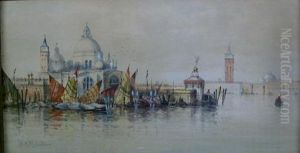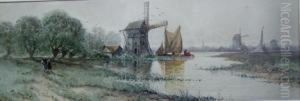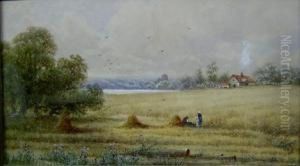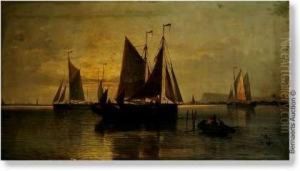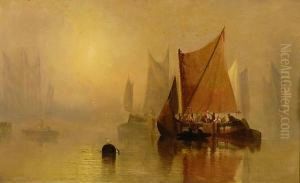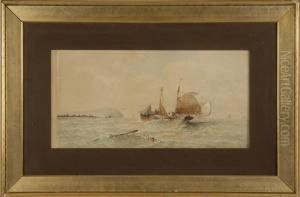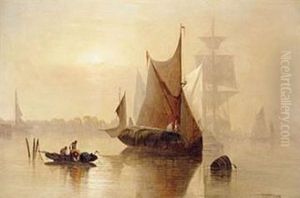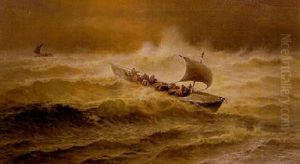St. Clair Augustin Mulholland Paintings
St. Clair Augustin Mulholland was a notable figure in American history, primarily recognized for his contributions as a Union Army officer during the American Civil War and later as a civic leader and author. Born on April 1, 1839, in Lisburn, County Antrim, Ireland, Mulholland immigrated to the United States with his family at a young age, eventually settling in Philadelphia, Pennsylvania. His early life in America was marked by a blend of education and work, typical of immigrant families of the time.
Before the outbreak of the Civil War, Mulholland worked in various capacities, including as a policeman. However, his life took a dramatic turn with the commencement of the conflict. He enlisted in the Union Army and quickly rose through the ranks due to his bravery and leadership capabilities. Mulholland served as the colonel of the 116th Pennsylvania Infantry, part of the famed Irish Brigade. His military career was distinguished by his gallant service at key battles, including Gettysburg, where he played a crucial role. For his valor, Mulholland was awarded the Medal of Honor for his actions during the battle of Chancellorsville, further cementing his legacy as a war hero.
Following the war, St. Clair Augustin Mulholland continued to serve his country and community. He returned to Philadelphia, where he was actively involved in veterans' affairs and worked in various public service roles, including as a city water commissioner. Mulholland also dedicated time to writing, contributing to the preservation of the history of the Irish Brigade and the broader narrative of the Civil War through his publications.
His contributions to his adopted country and his efforts in commemorating the sacrifices of his fellow soldiers were widely recognized during his lifetime. St. Clair Augustin Mulholland's legacy is not only that of a war hero but also of a community leader and historian who devoted his life to service, both on the battlefield and beyond. He passed away on February 17, 1910, leaving behind a rich legacy celebrated by both military and historical communities.


